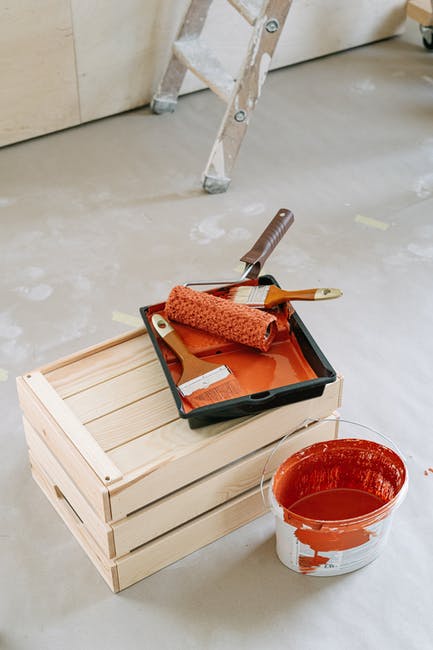- First Aid
Your first aid kit should contain adhesive bandages of different sizes, disinfecting ointment, nitrile gloves, gauze pads, OTC pain medication, adhesive tape, pen, paper, and treatment for blisters. You should know how to use all items in your first aid kit. The number of people and the duration of the trip will affect the content of the kit. You can buy a pre-assembled first-aid kit to make everything easier for you.
- Navigation
The most common navigation tools include a map, personal locator beacon, GPS device, compass, and altimeter watch. Always bring a topographic map with you and learn how to read it as well.
A lot of GPS devices, watches, and smartphones have electronic compasses, but you should also consider bringing a baseplate compass. It’s lightweight and doesn’t use batteries. If possible, find a compass that comes with a sighting mirror because you can use it to flash sunlight to a rescuer in case of an emergency.
GPS devices that are designed for outdoor are weatherproof and durable. Since this gadget runs on batteries, you should always have extra batteries. A personal locator beacon works in remote locations, so it can be a good backup in case something goes wrong. You can use it to alert authorities if you need help.
An altimeter watch also helps with navigation. It uses GPS data to give a close estimate of the altitude, helping you monitor your progress and find your location on the map.
- Extra Food, Water and Clothes
Pack food that doesn’t need cooking and have a long shelf life such as dried fruits, energy bars, and nuts. Bring more than a 1-day supply of food, so you will have something to eat when something goes wrong during your trips, such as bad weather or injuries.
Always bring at least 1 collapsible water reservoir or water bottle when you go for a hike. It is also important to bring something for treating water, such as a stove or water filter. Consider the outside temperature, level of exertion, emergency, or altitude when deciding how much water to bring.
You should also pack extra clothes such as a synthetic jacket, an insulating hat, and extra underwear and socks. If it’s winter, you should bring clothes that provide insulation for your legs and upper body.
- Emergency Shelter
Always bring some emergency shelter when you go for a hike as it will protect you from the rain and wind. Some of the most common options include emergency space blankets, ultralight tarp, and bivy sack.
- Sun-protective Clothing, Sunscreen, and Sunglasses
Sun-protective clothing protects your skin by blocking UV rays. Wearing sunscreen limits your exposure to the sun’s rays. Choose a sunscreen that provides a sun protection factor of at least 15 and blocks both UVB and UVA rays. The recommended SPF for extended outdoor activities is 30. You need to reapply at least every 2 hours. Sunglasses protect the eyes from radiation. Bring at least an extra pair of sunglasses in case you lose yours.
- Headlamp
You should always bring a source of light, such as candles and flashlights. Many backcountry travelers prefer a headlamp because it keeps their hands free for cooking and other tasks. Bring extra batteries for your headlamp as well.
- Knife
Knives can be used for food preparation, fixing equipment, and other emergency needs. You can bring a basic knife or a Swiss Army knife. Bringing a gear repair kit is also beneficial. Your kit may contain safety pins, duct tape, zip ties, and cordage.
- Fire
You can bring waterproof matches or disposable butane lighter. A firestarter is particularly beneficial in wet conditions. It should ignite fast and sustain heat for a long time. Common options include candles, dryer lint traps, and priming paste. If there’s no firewood, you can use your stove as an emergency heat source.
If it’s not possible to bring all of these items, you can pick the ones that are most suitable to your trip.
What do you think about this list? Leave a comment below! We’d love to hear from you.











